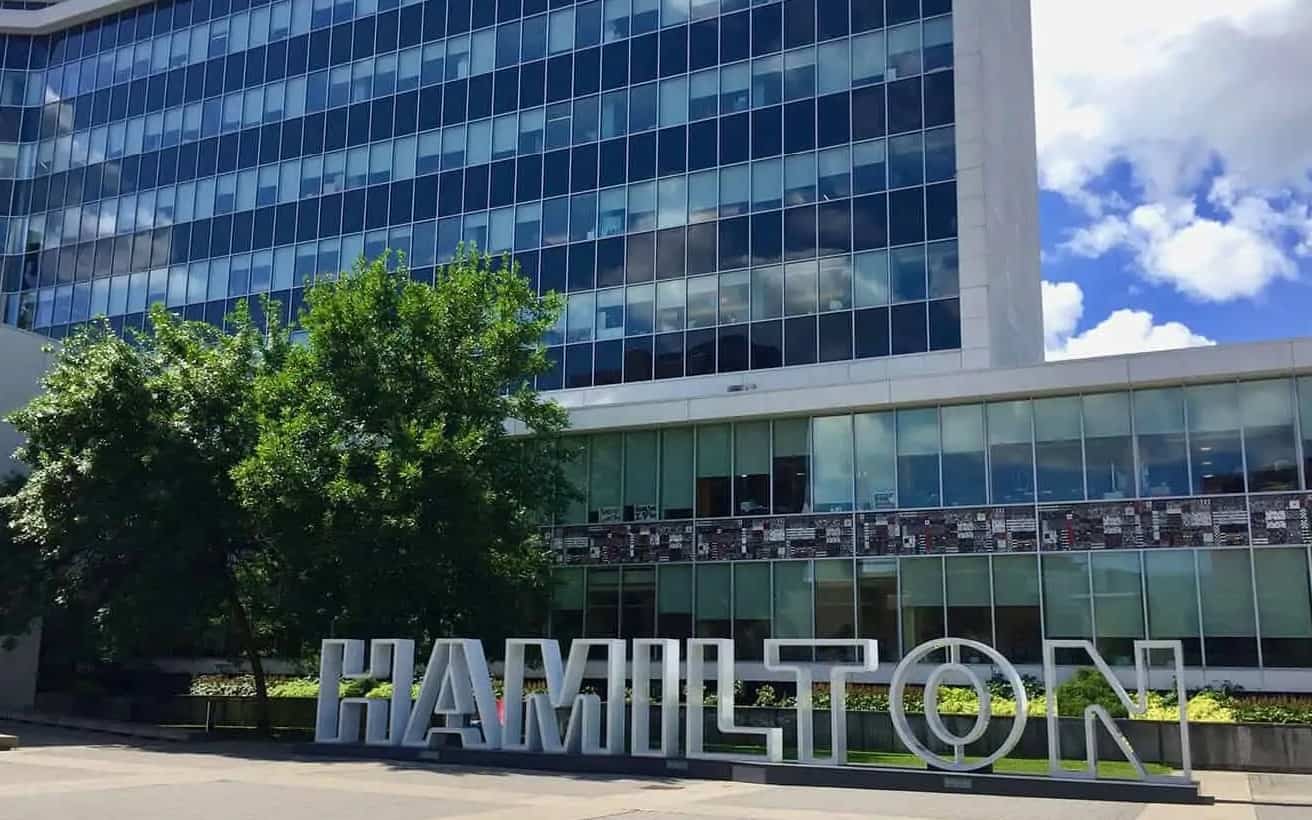Hamilton finalizes 2023 capital budget, as property tax increase looms
Published January 25, 2023 at 5:51 pm

Phase one of the first municipal budget under Hamilton Mayor Andrea Horwath has been approved, and it amounts to about a $41 increase in the tax levy on the average household.
The city announced today that it has completed its tax-supported capital budget, which supports $285.7 million in investments in infrastructure projects in 2023. That works out to an increase to the 2023 tax levy of 0.92 per cent, or $9.3 million. That $41 figure is derived from an average assessed value of $382,000.
Hamilton completes its budget in two parts: capital and operating. The former is ostensibly the long-term plan for building or buying city assets (i.e. infrastructure, land, buildings, machinery, and equipment). Forms of funding include grants, development charges, gas tax, reserves, debt, and contributions from the operating budget.
The announcement came hours after the Bank of Canada raised its key interest rate to 4.5 per cent, which is the highest it has been since 2007.
“As a municipality, we are touched by many of the same challenges as property owners: inflation, rising interest rates, and COVID-19 response and recovery efforts,” corporate services general manager Mike Zegarac said in a statement today (Jan. 25). “In planning for (the City of Hamilton’s) fiscal stability in 2023 and beyond, our priority will be to ensure financial prudence and resiliency while still delivering essential services and critical infrastructure in a way that delivers the best possible value to residents.”
The operating budget is the larger portion of the municipal tab since it includes paying a workforce of 8,000 employees and providing 70-plus city services (i.e. parks, recreation, waste management, and recycling). That larger piece is under discussion this week — and presently has a projected 5.4-per-cent average tax increase.
Of that $285.7M, around $110M is earmarked for growth projects and infrastructure. Among the latter are $12M in Waterdown-Burlington Road upgrades, and $8M on the Waterdown bypass project.
Some $15.5M will cover increases in delivering city services. The development of Pier 8 is getting $8.2M this year. Addressing the city’s protracted infrastructure deficit has drawn $5M. Attempts to improve climate resiliency are being addressed through $2.5M in funding for the city’s climate adaptation strategy, and a $6.8M fund for council priorities and climate change.
“Investing in Hamilton’s infrastructure today is an investment in our community’s long-term success and sustainability – for both residents and those who will choose to call Hamilton home in the years to come,” Horwath stated.
“Targeted investments in affordable housing, poverty reduction, Climate Change Action Plan, public transit, and other key initiatives mean that we can continue to build a city that delivers greater prosperity and a better standard of living for each and every resident. This capital budget balances the need to make strategic decisions for today’s infrastructure needs and our commitment to a sustainable city for future generations.”
City priorities
Some of those priorities in the capital budget, per the city, include.
- A plan for a phased 10-year strategy to address the infrastructure gap identified in the Transportation Asset Management Plan;
- Funding to address inflation and supply chain impacts on City infrastructure project costs;
- Sustainable investment to support the municipal funding requirements for infrastructure programs from senior levels of government and for incremental debt servicing costs in strategic capital programs;
- Managing the total debt burden for the City of Hamilton at levels that should not negatively impact the City of Hamilton’s AAA credit rating, which was confirmed on Oct. 13 by S&P Global;
- Supporting strategic investments in the 2016-2025 strategic plan and other priority areas (local transit strategy, affordable housing, poverty reduction, a transportation Master Plan, and the Climate Change Action Plan, and acquiring parks;
- Investment in strategic growth initiatives such as the West Harbour Waterfront Strategic Initiatives, Downtown Revitalization, Airport Employment Growth District and Transportation Corridors, including funding for the Waterdown by-pass and Waterdown Road;
- Expansion and renewal of Hamilton Street Railway’s (HSR) fleet through the purchase of 36 new buses — nine to support growth, nine to help meet the City’s multi-modal target of 48 per cent non-single occupant vehicle split by 2031 and 18 to replace those buses nearing end of life;
- Support for the continued redevelopment of the Waterfront, including $6 million for the Artisan Village at West Harbour and $800,000 for Copps Pier Park at Pier 8; and,
- Funding for an electric vehicle (EV) strategy.
A total of 55 per cent of the property tax collected in Hamilton goes towards municipal services. The remaining 45 per cent goes to boards and agencies, and provincially funded programs such as Public Health Services, long-term care, paramedics, housing, Ontario Works and children’s services.
insauga's Editorial Standards and Policies advertising





